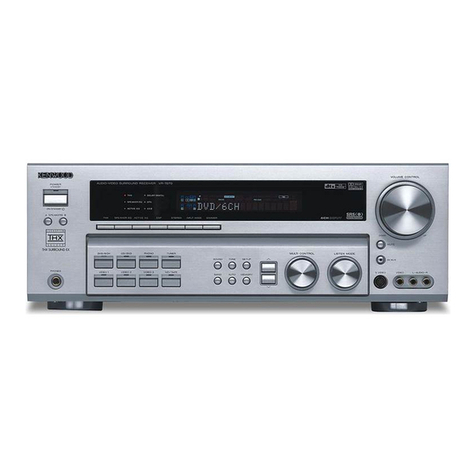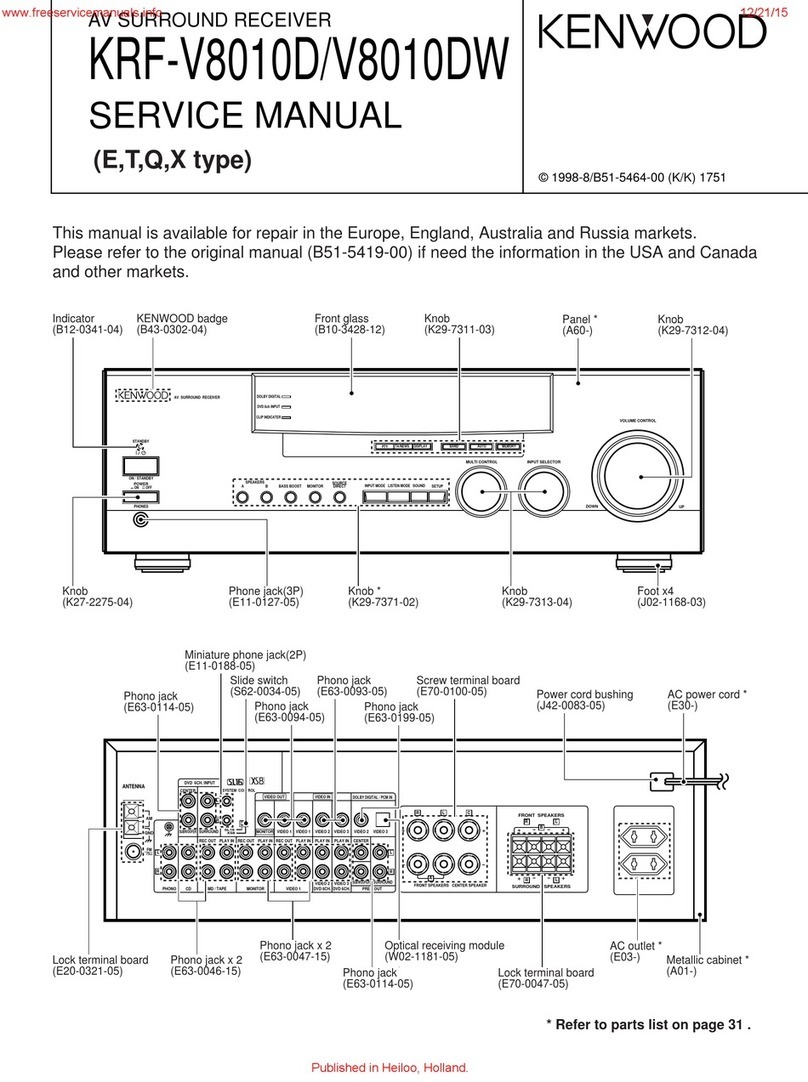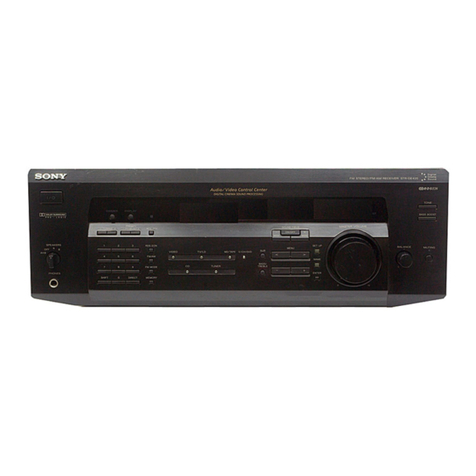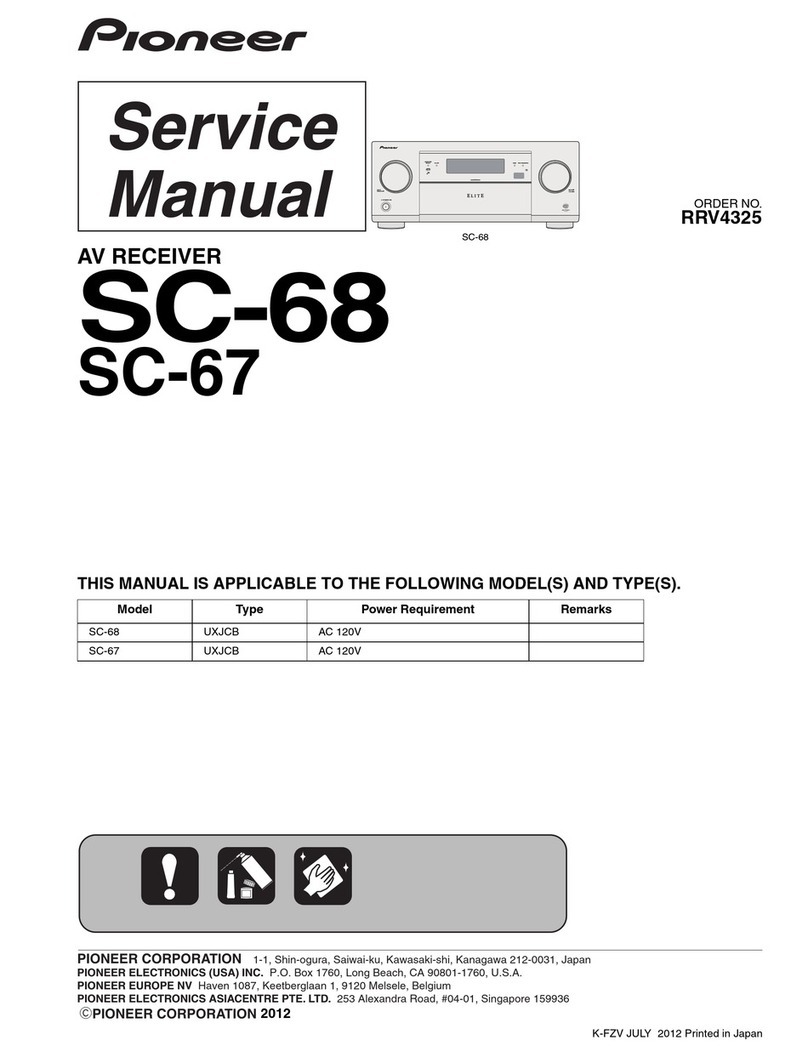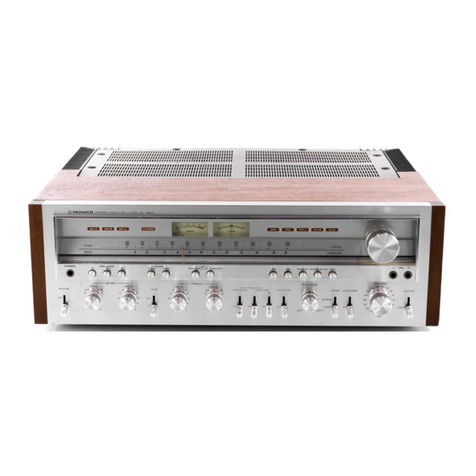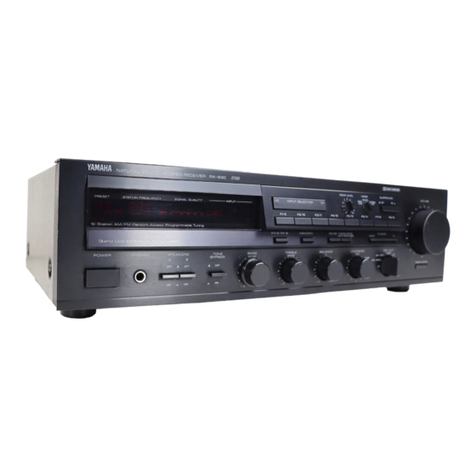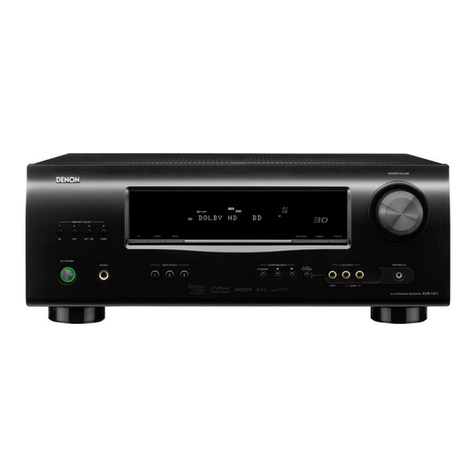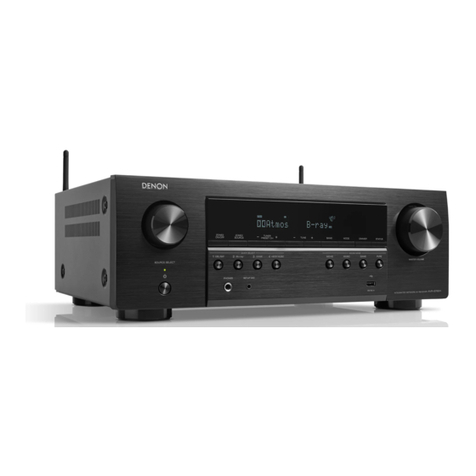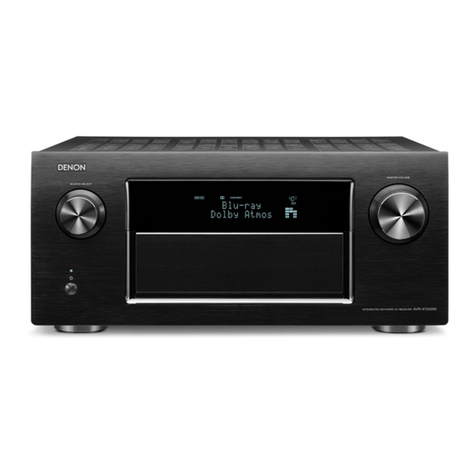Kenwood A-711 User manual
Other Kenwood Stereo Receiver manuals

Kenwood
Kenwood KR-V8030 User manual

Kenwood
Kenwood KRC-508S User manual
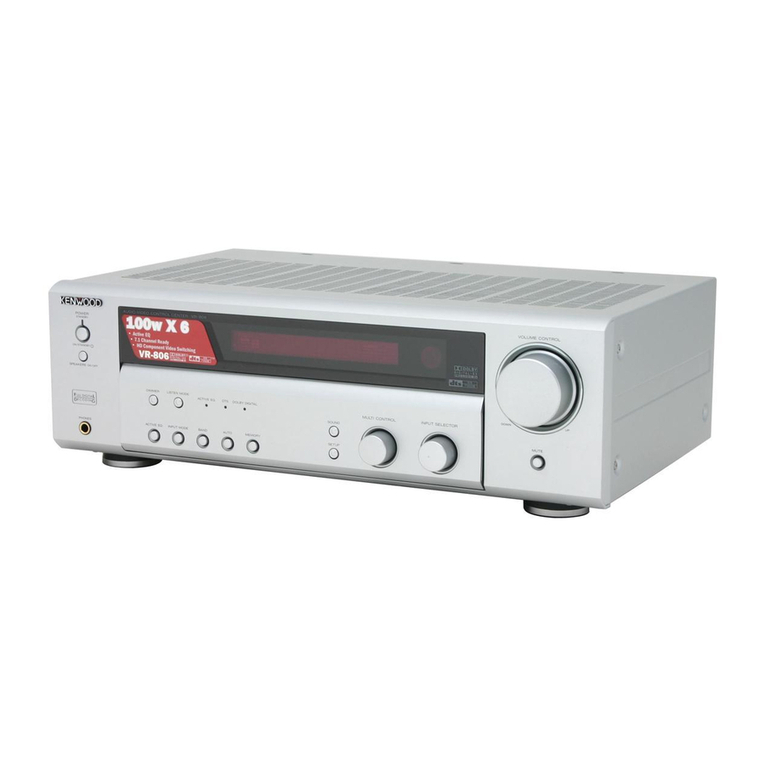
Kenwood
Kenwood krf v5080d User manual
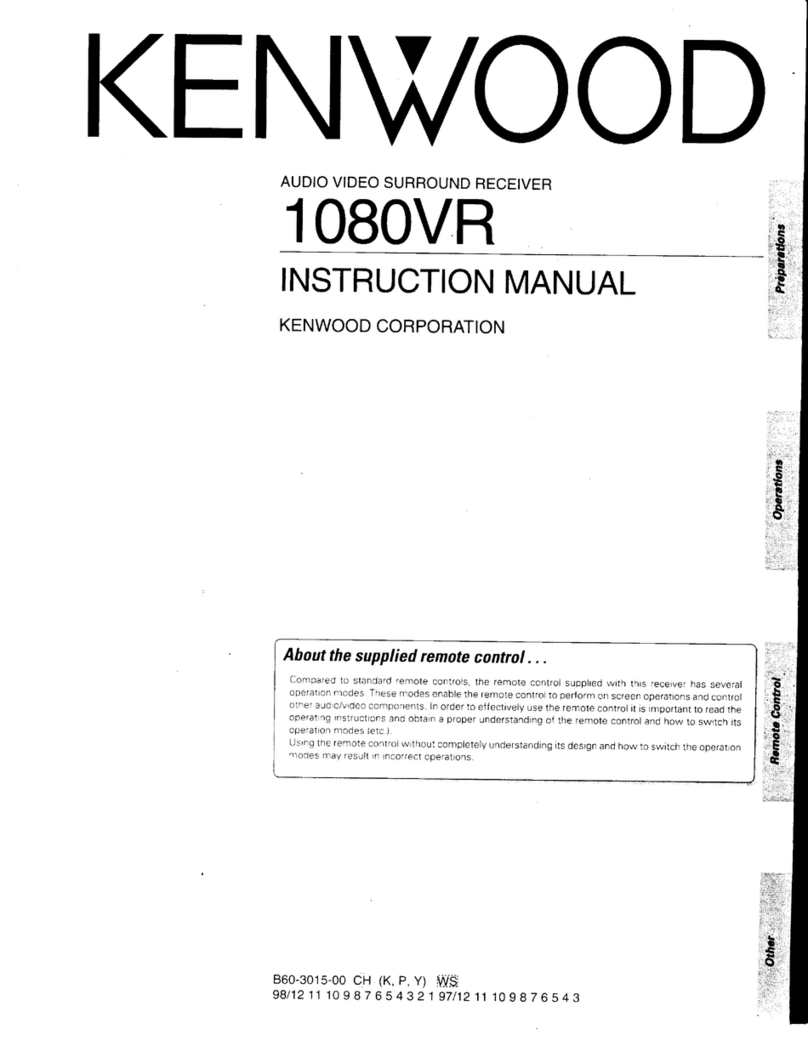
Kenwood
Kenwood 1080VR User manual
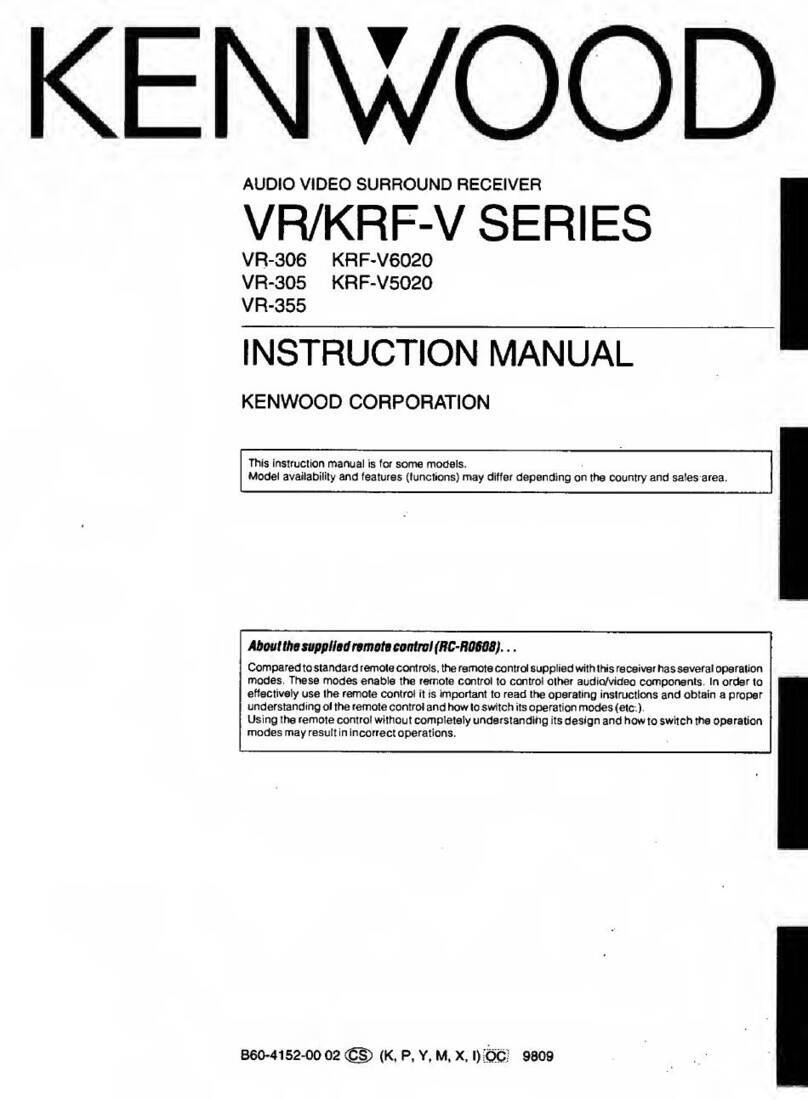
Kenwood
Kenwood VR Series User manual
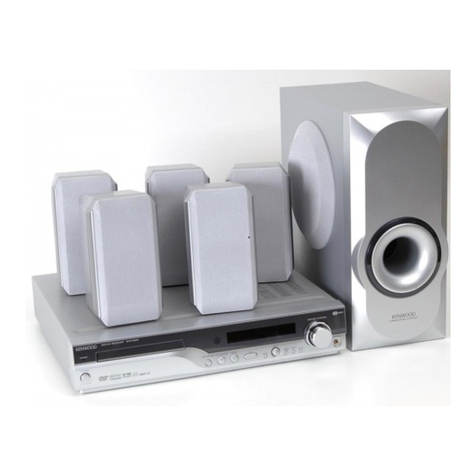
Kenwood
Kenwood DVR-6200 User manual
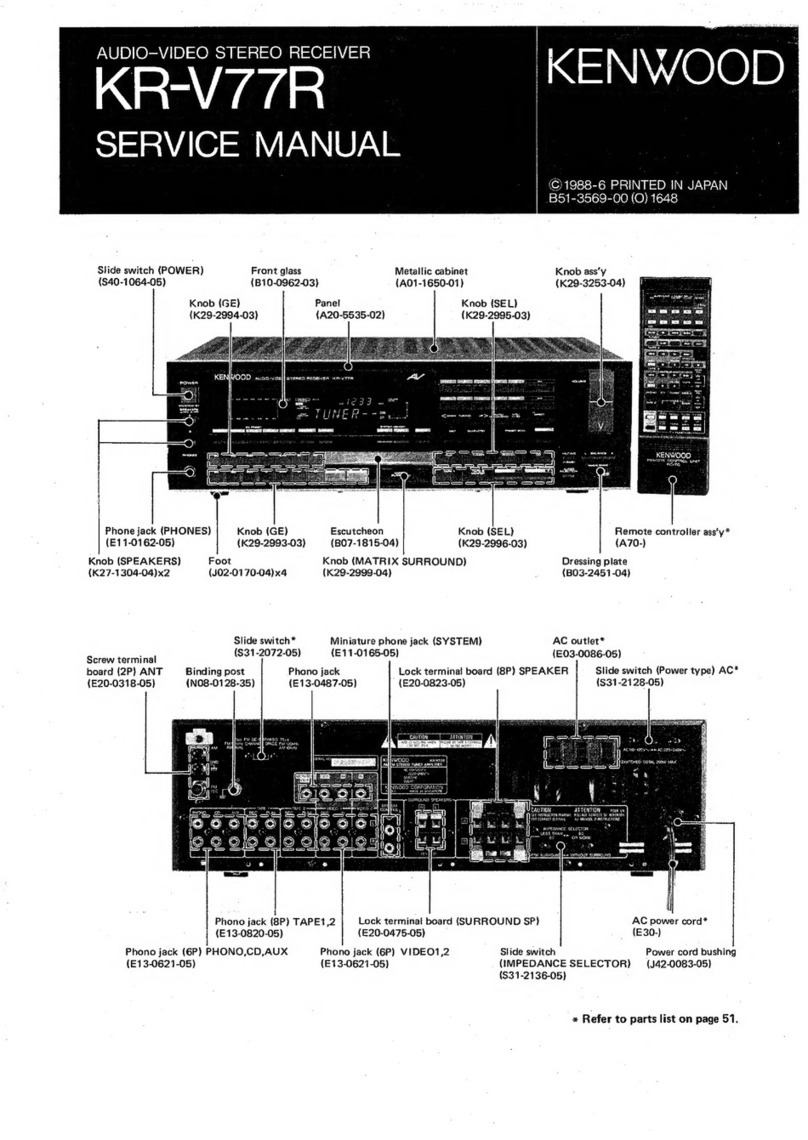
Kenwood
Kenwood KR-V77R User manual

Kenwood
Kenwood KRC-208S/218 User manual
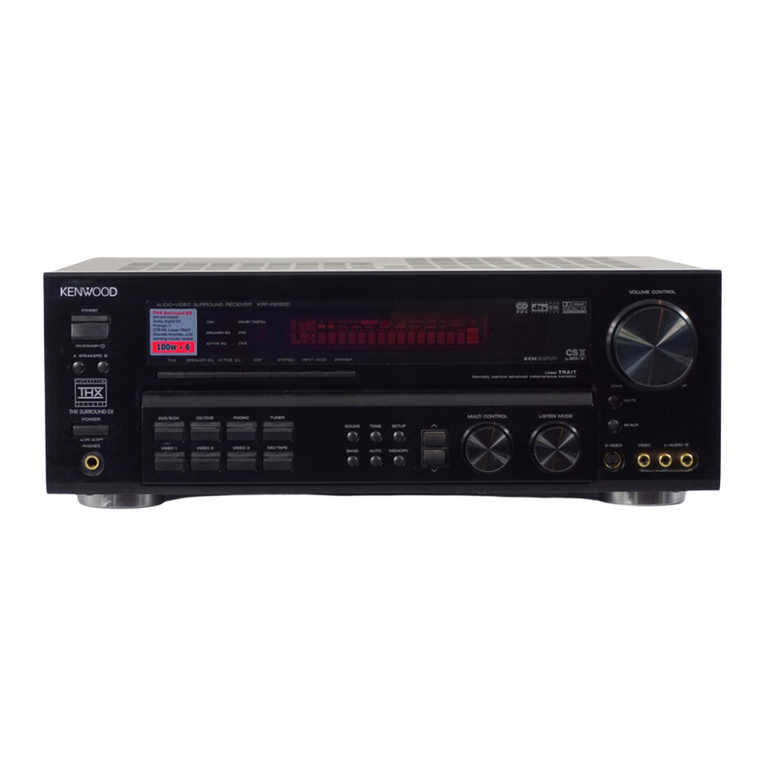
Kenwood
Kenwood KRF-X9060D User manual
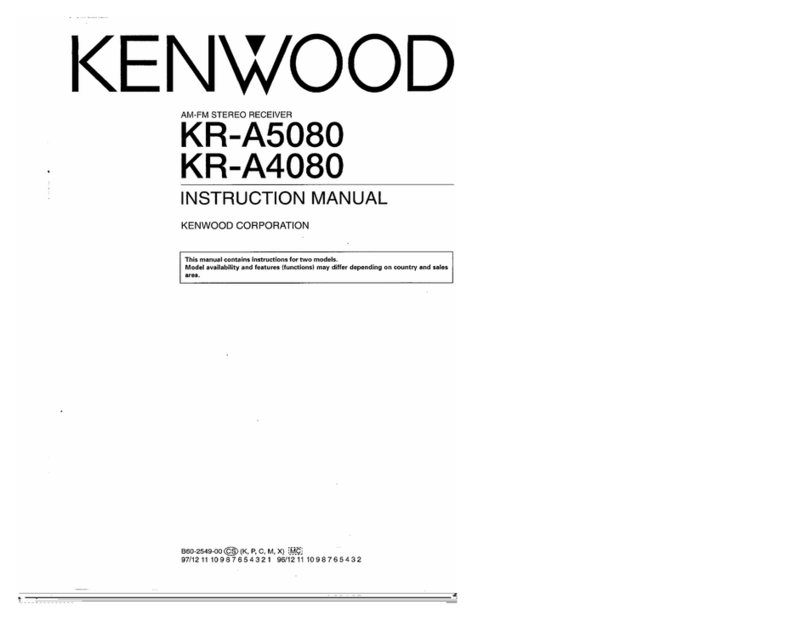
Kenwood
Kenwood KR-A5080 User manual
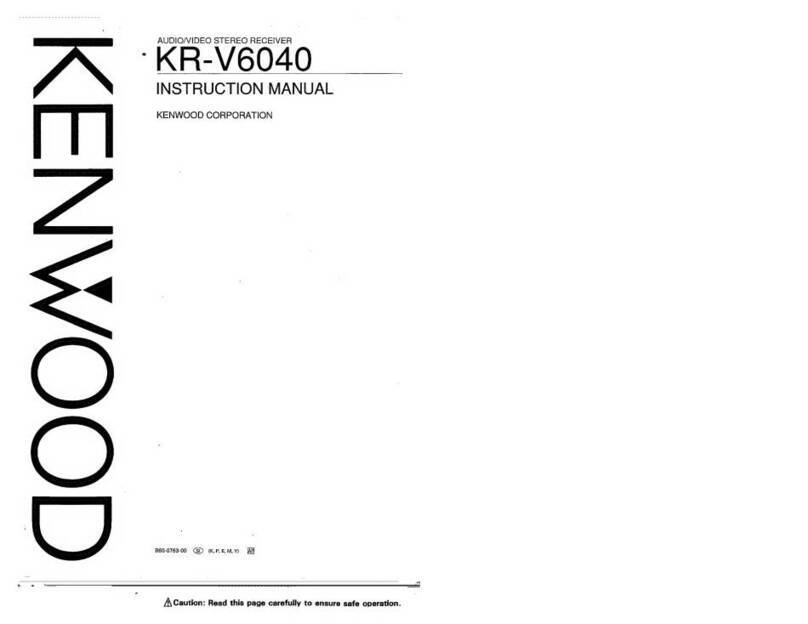
Kenwood
Kenwood KR-V6040 User manual
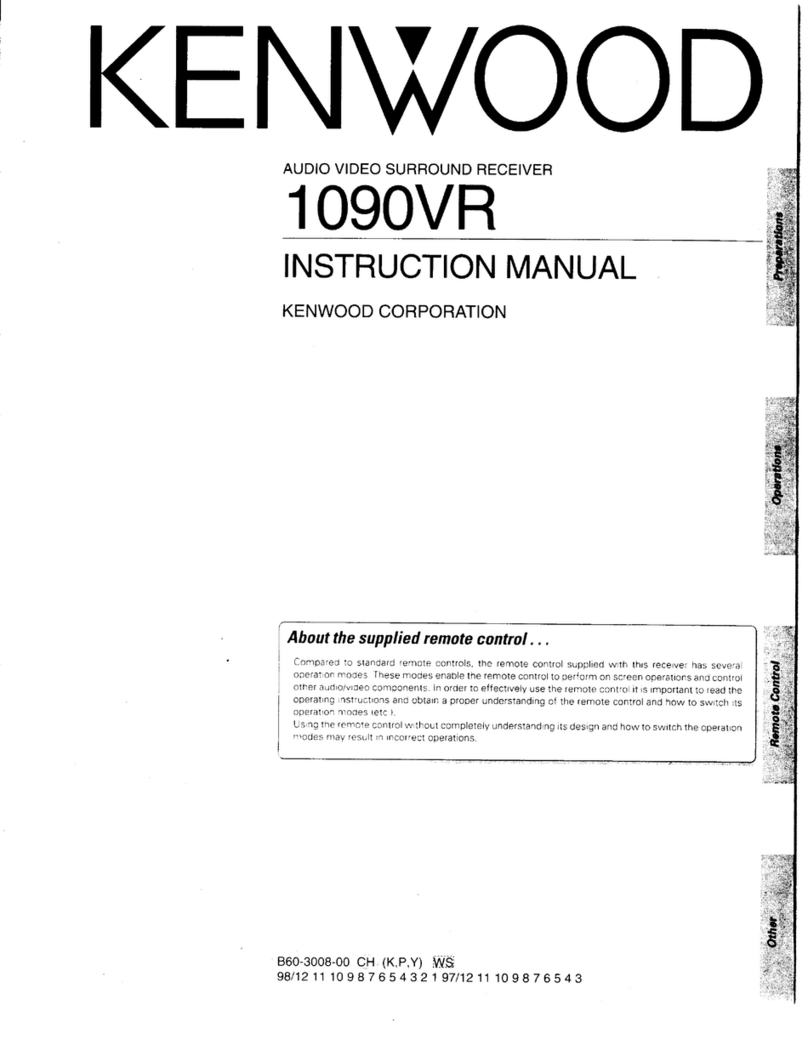
Kenwood
Kenwood 1090VR User manual
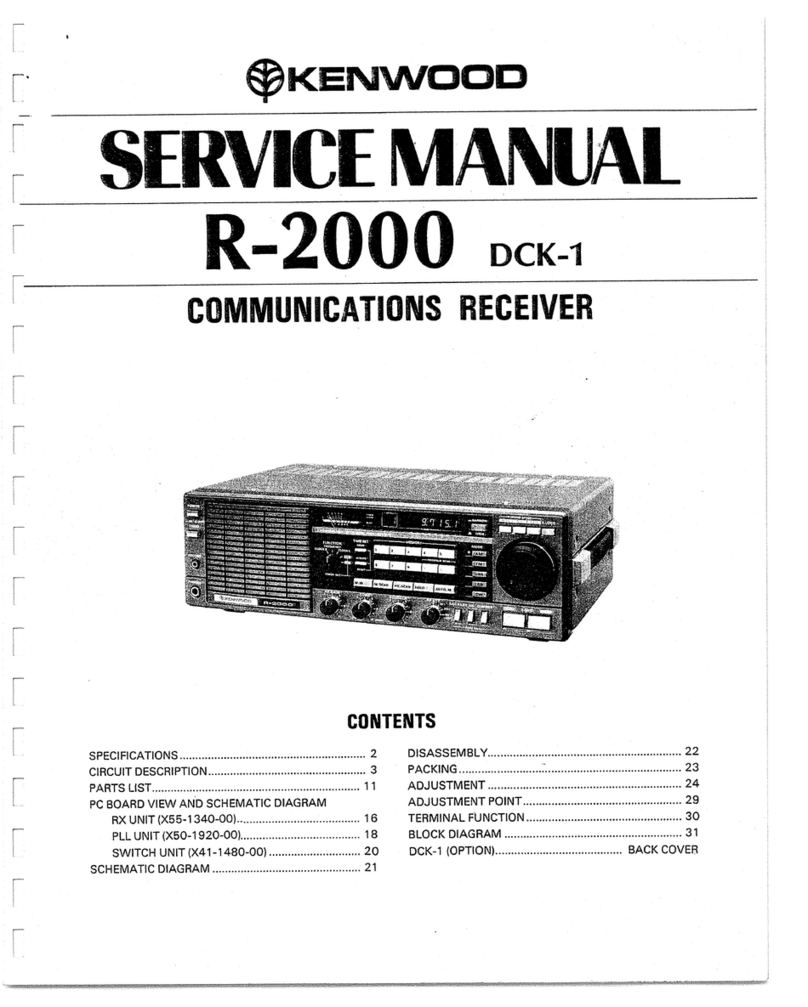
Kenwood
Kenwood R-2000 User manual

Kenwood
Kenwood 103AR User manual
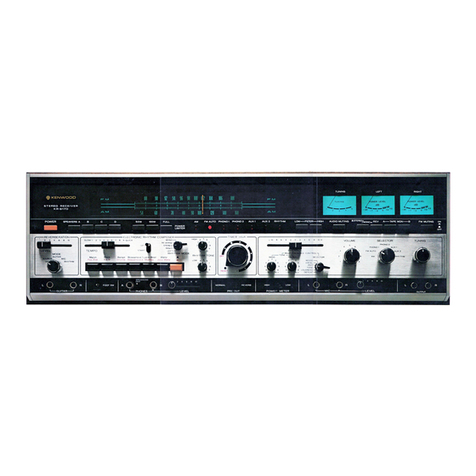
Kenwood
Kenwood KR-6170 User manual
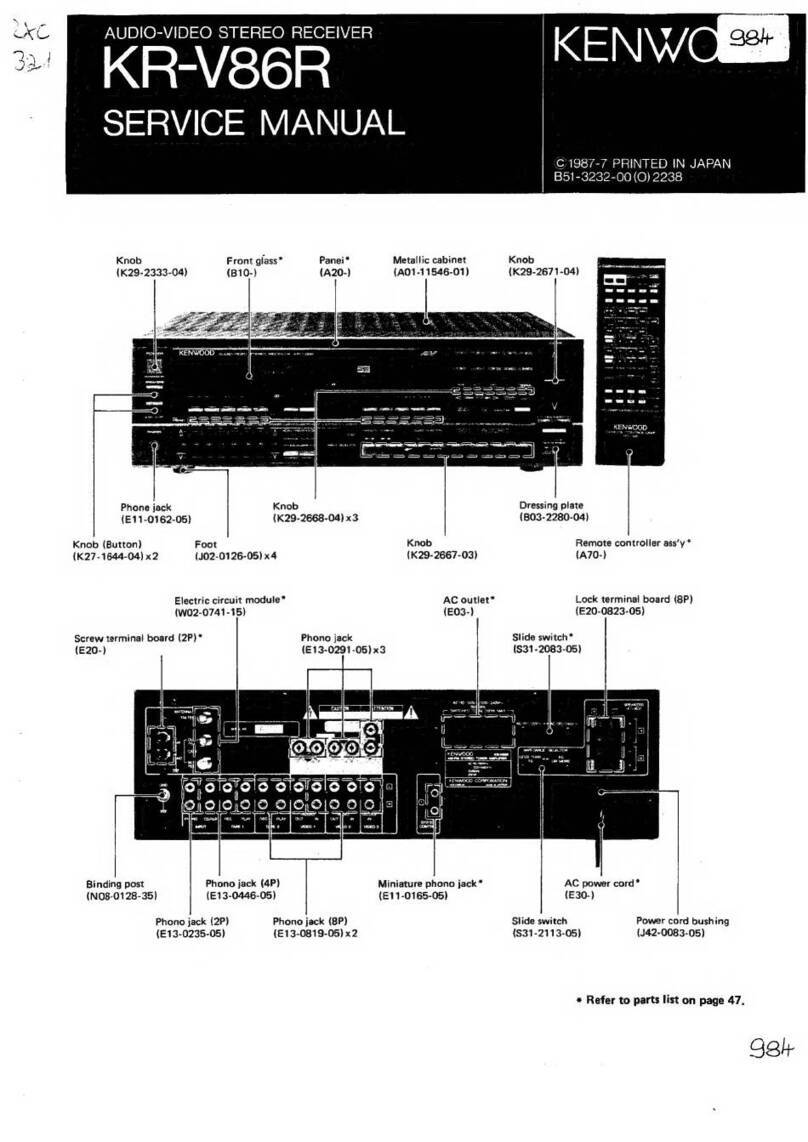
Kenwood
Kenwood KR-V86R User manual
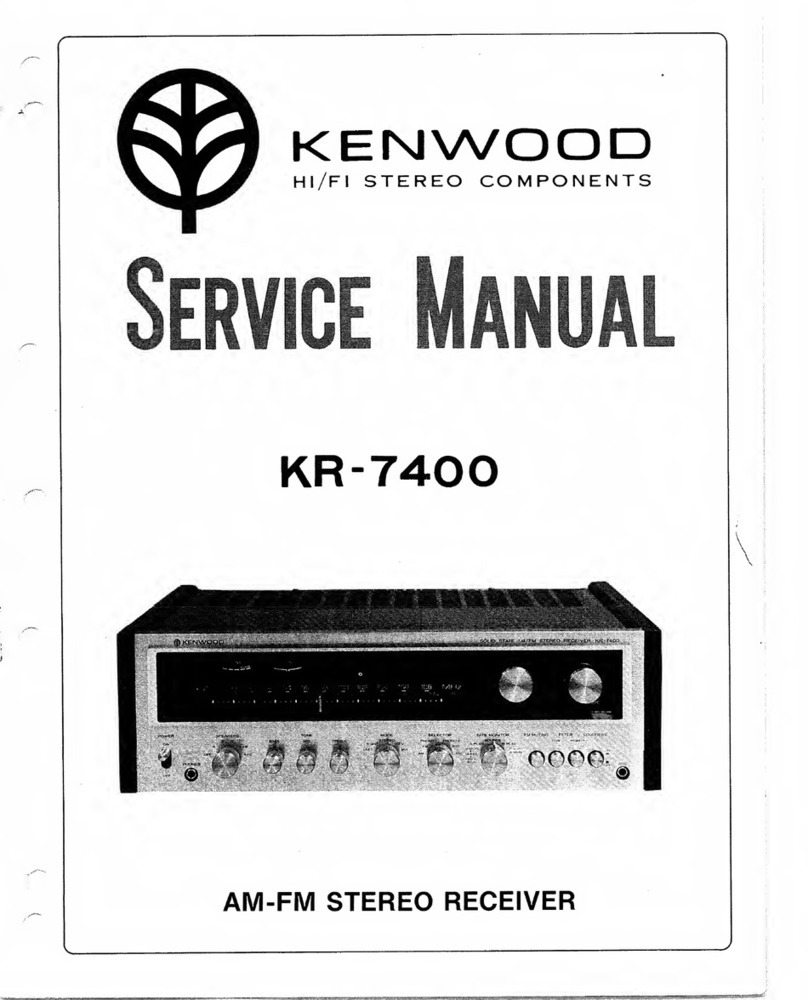
Kenwood
Kenwood KR-7400 User manual
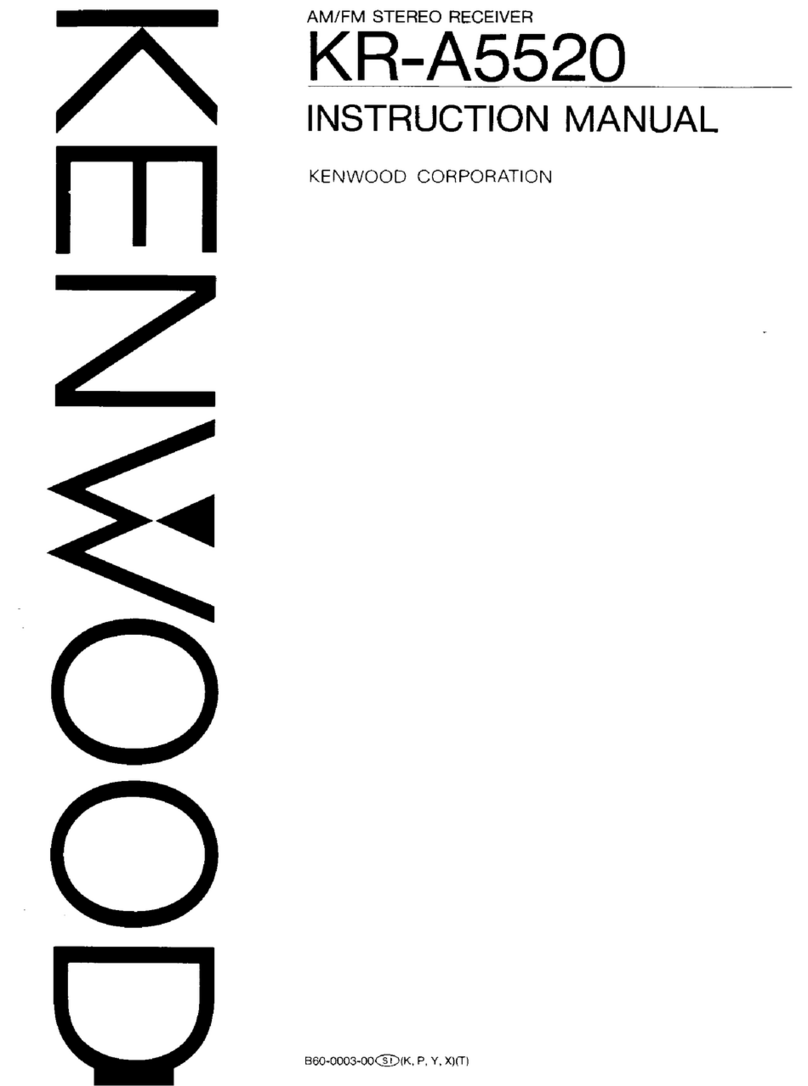
Kenwood
Kenwood KR-A5520 User manual
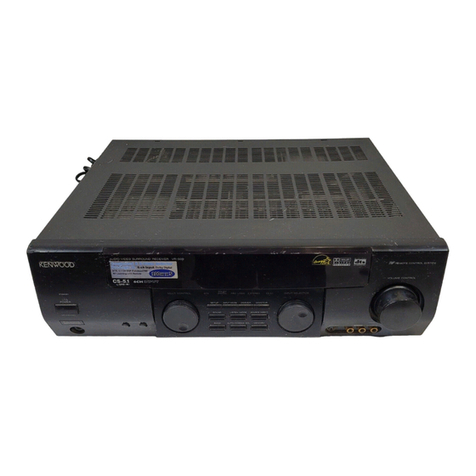
Kenwood
Kenwood VR-509 User manual

Kenwood
Kenwood KRC-21SA User manual
Popular Stereo Receiver manuals by other brands

Radio Shack
Radio Shack DX-399 owner's manual

Sony
Sony STR-DE535 - Fm Stereo/fm-am Receiver operating instructions

Pioneer
Pioneer SX-1000TA operating instructions
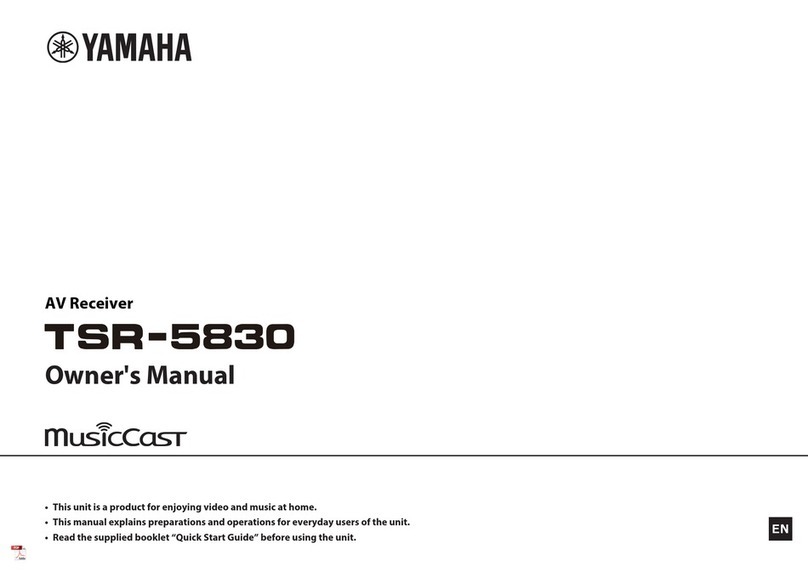
Yamaha
Yamaha MusicCast TSR-5B3D owner's manual
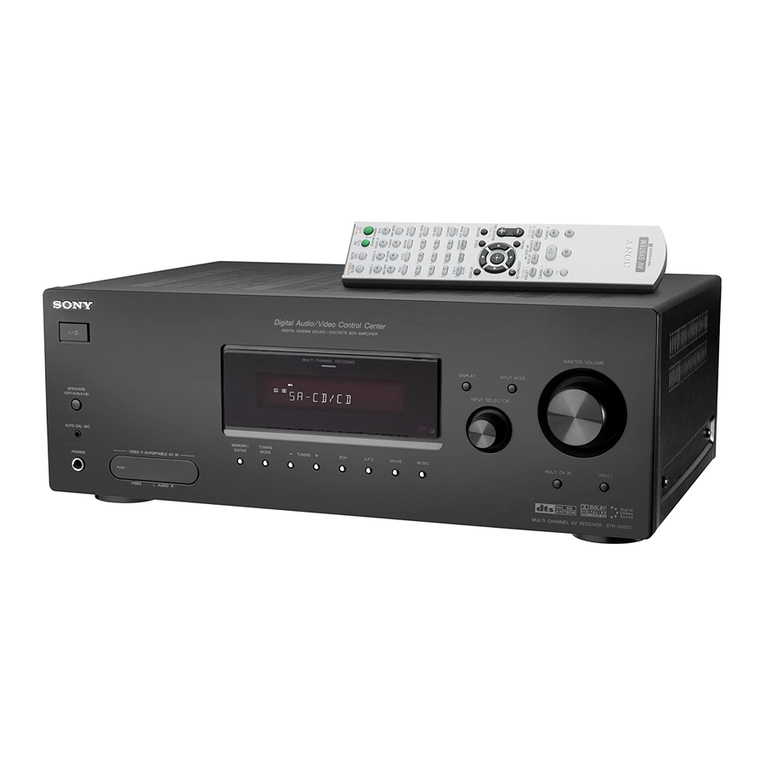
Sony
Sony STR-DG500 - Multi Channel Av Receiver Service manual

Sherwood
Sherwood Newcastle RX-770 operating instructions
